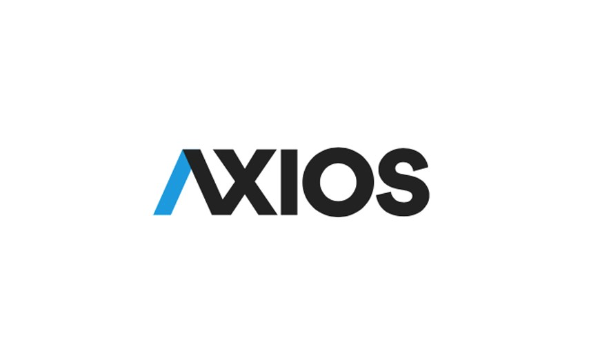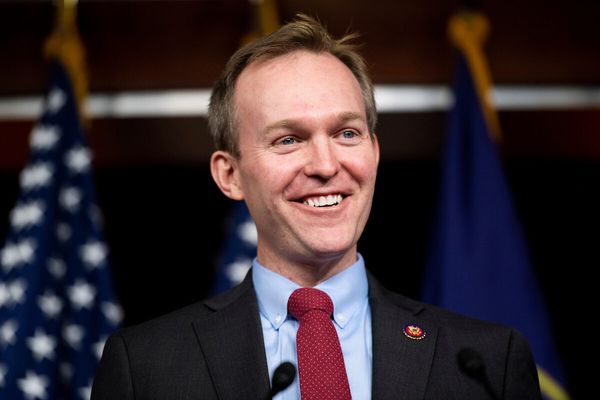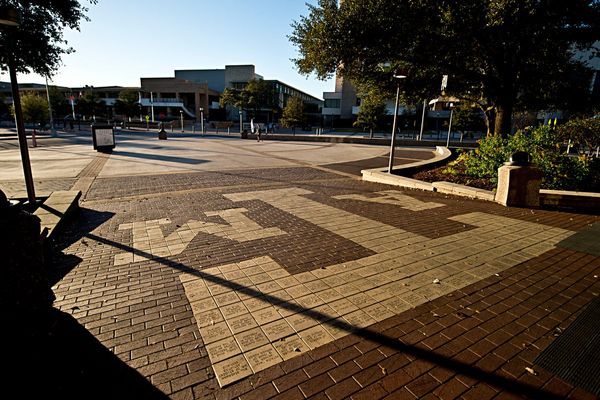
When Anthony Albanese fronted the media in November to announce Labor would cut 20% of all student debt if he won government, he described the move as “about opening the doors of opportunity – and widening them”.
Almost nine months later, the key election promise will be among the first pieces of legislation the federal government introduces when parliament returns on Tuesday.
Here’s how it will work, who it will help and what’s missing.
What’s changing with Hecs?
If the legislation passes, 20% of student debt will be wiped from the 3 million Australians with outstanding loans, equivalent to about $16bn, according to the federal government.
The minimum repayment threshold will also be raised from $54,000 to $67,000, which is expected to save the average debt holder about $680 a year, and reduce the amount low income earners have to pay.
The measures are being sold as providing cost-of-living relief for young Australians, who hold the bulk of student debt.
The education minister, Jason Clare, on Wednesday said the average Australian with a student debt would have about $5,500 shaved off their loans. For Australians on an average income of $70,000, he said the bill would reduce the minimum amount they were required to repay by about $1,300.
“It’ll take a lot of weight off the shoulders of a lot of young Australians who are just out of uni … looking to move out of home or save up to get a mortgage,” Clare said.
“You don’t start paying off your university degree until your degree starts to pay off for you.”
When will the debt relief come into effect?
The legislation is being introduced on Tuesday but is not likely to pass for a number of weeks. That’s because changes to childcare will be a high priority for Labor, and the Hecs reforms have to be debated as part of normal processes of parliament.
But once it is passed, debt holders won’t have to do anything to receive the benefit.
The federal government has confirmed the Australian Tax Office will retrospectively apply the one-off 20% reduction to all outstanding debt.
It will be calculated based on what a person’s Help/Hecs debt amount was as of 1 June 2025, before the latest round of indexation was applied, meaning indexation will only apply to the remaining loan balance after it is reduced.
Is anything else changing for students?
Clare has flagged that more will be done in Labor’s second term to reform the higher education sector, but it may not happen fast.
This year, the federal government is planning to introduce legislation to improve the integrity of the international education system, and to permanently establish a new Australian tertiary education commission.
The independent body was a recommendation of the Universities Accord, handed down early last year. A priority of the commission will be reforming the pricing of degrees, including introducing needs-based funding into higher education, as is being rolled out at primary and secondary schools.
On Wednesday, Clare confirmed that part of its work on funding would be assessing the JRG package, without a timeframe for reform.
What has been the response?
Students have broadly welcomed the Hecs changes, while arguing they don’t go far enough.
Ashlyn Horton, the president of the National Union of Students, said cutting debt was a “long overdue move” that indicated Canberra “might finally be listening” to concern about the rising cost of degrees.
But she said the bill “doesn’t come close to fixing the structural mess that got us here”.
“The core problem remains: students are still paying some of the highest fees in the OECD under a system that punishes them for choosing the ‘wrong’ degree,” she said. “That system has a name – the Job-Ready Graduates package (JRG) – and Labor has left it untouched.”
The Coalition’s widely panned JRG scheme drastically increased the prices of arts degrees, which cost $50,000 as of 2024, to encourage students into other courses.
The Greens and the Coalition haven’t confirmed whether they will support the Labor bill but sources have suggested it would be unlikely for them not to back it, given the demand for cost-of-living relief.
On Sunday the shadow education minister, Jonathon Duniam, indicated the Coalition would not block the bill in parliament despite still holding some concerns.
“We’re not really in the business of standing in the way of cost-of-living relief … [and] it is one of those things that Australians wanted, they voted for,” he said.
“We’ve expressed our concerns. Australians have had their say. We’ve got to move on.”
Will the bill really ease the cost of living?
While proving to be a popular policy among voters, the bill has been criticised for not addressing the root of student debt – which is indexation and the rising cost of degrees.
Analysis conducted by the parliamentary library for the Greens and provided exclusively to Guardian Australia shows the 20% cut will be reduced to just 8% since Labor entered office when accounting for indexation since the 2022 election.
That’s despite the federal government’s changes to indexation by tying Hecs/Help debts to the wage price index or consumer price index, whichever is lower.
For instance, a student debt balance of $30,000 in 2022 would have risen to $33,454 before the student debt reduction as a result of indexation. After the 20% cut, it would drop to $26,763, and with 2025 indexation, rise to $27,619 – just 7.9% less than in 2022. The modelling assumes no repayments had been made.
The Greens’ deputy leader and spokesperson on higher education, Mehreen Faruqi, said “Labor crowing about a small one-off debt reduction won’t fix the enormous burden of uni fees or student debt that keeps growing every year”.
“Of course any student debt relief is better than none, but we are demanding all student debt be wiped and a return to free uni and Tafe, funded by taxing big corporations,” she said.







